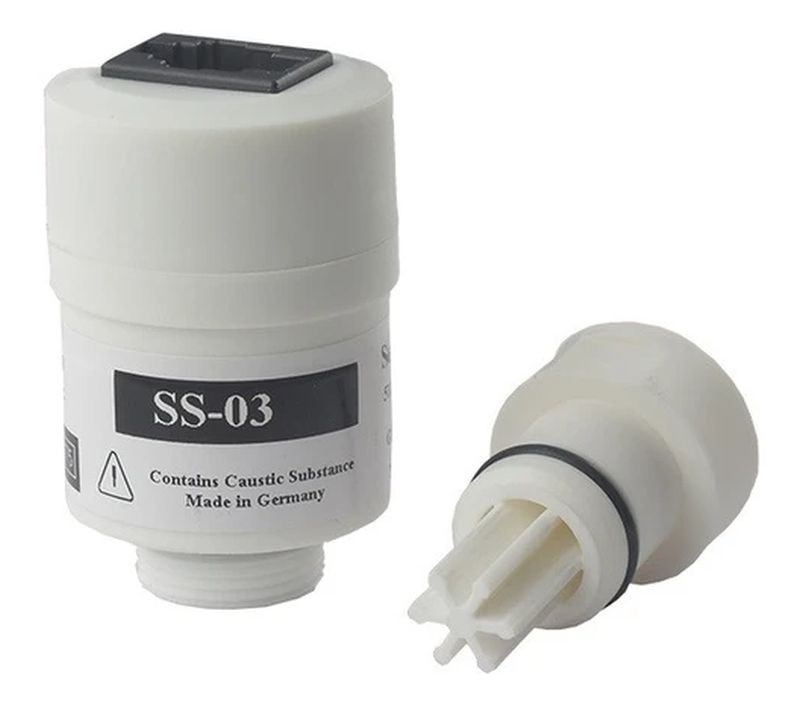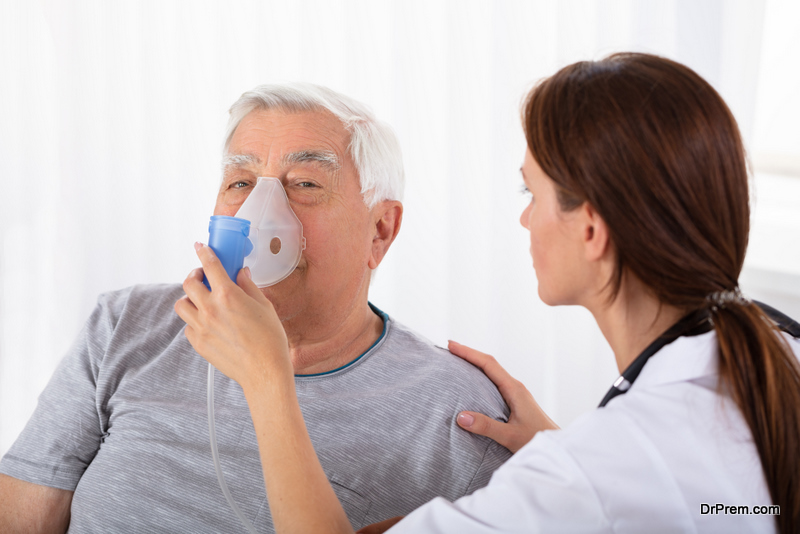COPD stands for chronic obstructive pulmonary disease, which refers to is a group of lung diseases that block airflow, which causes difficulty in breathing. The most common conditions that makeup COPD are Emphysema and chronic bronchitis. Damaged caused by COPD to the lungs is irreversible.
Meaning this condition cannot be cured but only managed with treatment. When it gets too hard to breathe, and oxygen therapy is usually suggested to make breathing easier.
This article will examine how medical oxygen sensors can improve the lives of those living with COPD.
What is an Oxygen Sensor?
 Oxygen sensors in the medical field, are used as an electronic device that measures the proportion of oxygen levels in gas or liquid. This means it can be used to measure the saturation of oxygen in the blood of a person.
Oxygen sensors in the medical field, are used as an electronic device that measures the proportion of oxygen levels in gas or liquid. This means it can be used to measure the saturation of oxygen in the blood of a person.
Use of Oxygen Sensors
An oxygen sensor is used to control, monitor, and measure the oxygen levels, both in the patient’s oxygen gas tank and the exhaled oxygen level. The sensors use an electro-chemical process to measure the oxygen levels in the gas tanks. Fresh air has an oxygen level of 21 percent; however, due to combustion and pollution, oxygen levels are between 8.5 to 10 percent.
Benefits of Oxygen Sensors to COPD
 Patients suffering from COPD seeking oxygen therapy are advised to use oxygen sensors. As it can make the management of COPD more tolerable. The following shows the benefits:
Patients suffering from COPD seeking oxygen therapy are advised to use oxygen sensors. As it can make the management of COPD more tolerable. The following shows the benefits:
- It ensures the person gets the required oxygen concentration into their systems. This helps reduce the frequent breathlessness as a result of low oxygen levels. Also, too high oxygen levels can be harmful, as it can cause dangerously slow breathing.
- Regular follow of oxygen to the body translates to a boost in energy levels, which improves mood. Also, it lowers the chances of heart failure, which is when the heart failures to pump enough blood into the body system because too little oxygen damages the heart and brain.
- An alarm system in the sensors will alert the patient whenever the oxygen levels get below a certain level.
- Oxygen sensors can help improve the quality of life as the disease progresses, as they come in wearable sizes. Which can allow patients to lead regular lives and do more with their time.
- Along with proper monitoring and management, it can help prolong life.
Finally, it is crucial to ensure you have the appropriate Oxygen sensor, in the sense that the oxygen sensor is compatible with your device and meets the medical standards. For more assistance on oxygen sensors, visit here.
Article Submitted By Community Writer




